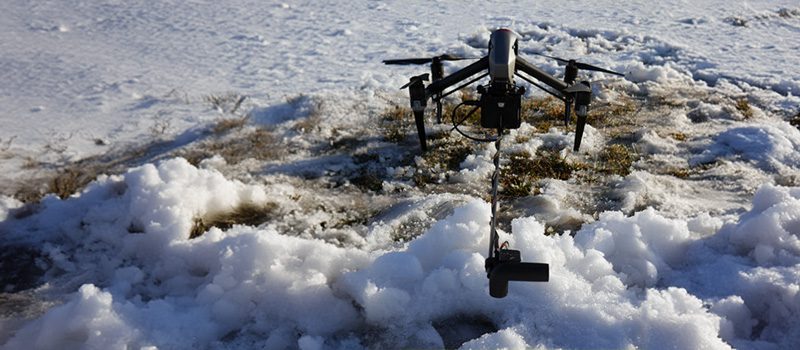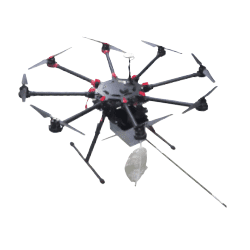Search WikiOdour by Keyword
Anemometer

Overview
An anemometer measures wind speed and direction. It is also a common instrument in weather stations
Scentroid Anemometer
Scentroid offers seamless integration of anemometers with its environmental monitoring devices, enhancing the precision and depth of air quality and odour monitoring. Whether through a weather station attachment for stationary analyzers or the DR2000 anemometer attachment, Scentroid’s devices are designed to incorporate wind data, providing comprehensive insights for environmental analysis.
Anemometer Integration with Scentroid Devices
Stationary Analyzers with Weather Station Attachment
Scentroid’s stationary analyzers, such as the SL50 or the CTair, can be equipped with a weather station attachment with an integrated anemometer. This setup provides real-time wind speed and direction measurements with air quality data, offering a complete picture of environmental conditions.
By capturing critical meteorological data, including wind speed, direction, temperature, and humidity, the weather station attachment enhances the accuracy of air pollution and odour dispersion models. This feature is valuable for industries like sewage treatment plants (STPs), landfills, and industrial facilities where understanding the movement of pollutants or odours is crucial for compliance and environmental safety.
.DR2000 Anemometer Attachment
The DR2000 Drone-based Anemometer attachment allows Scentroid’s mobile air quality monitoring devices, including UAVs (Unmanned Aerial Vehicles), to gather wind data while conducting airborne surveys. This attachment measures wind speed and direction at various altitudes, making it ideal for monitoring hard-to-reach or hazardous areas.
The DR2000 is particularly useful for odour and pollution dispersion modelling, as it provides vertical wind profile data that helps industries assess how pollutants or odours are carried in the atmosphere. This portable, high-precision tool is valuable for monitoring sites like landfills, factories, and power plants, where stationary monitors may be limited in range.
Benefits of Anemometer Integration
Enhanced Data Accuracy: By adding an anemometer to Scentroid’s air quality monitoring devices, users can access real-time wind data that significantly improves the accuracy of odour and pollution dispersion models.
Comprehensive Environmental Monitoring: Combining wind measurements with air quality data allows for a more thorough assessment of environmental conditions, helping industries understand how emissions behave in varying wind conditions.
Regulatory Compliance: With precise wind data, businesses can better meet environmental regulations by improving their emission control strategies and ensuring that pollutant and odour levels remain within acceptable limits.
Versatile Applications: Whether stationary or mobile, Scentroid’s integrated anemometer solutions offer flexibility for various industries, from fixed-site monitoring to drone-based surveys.


